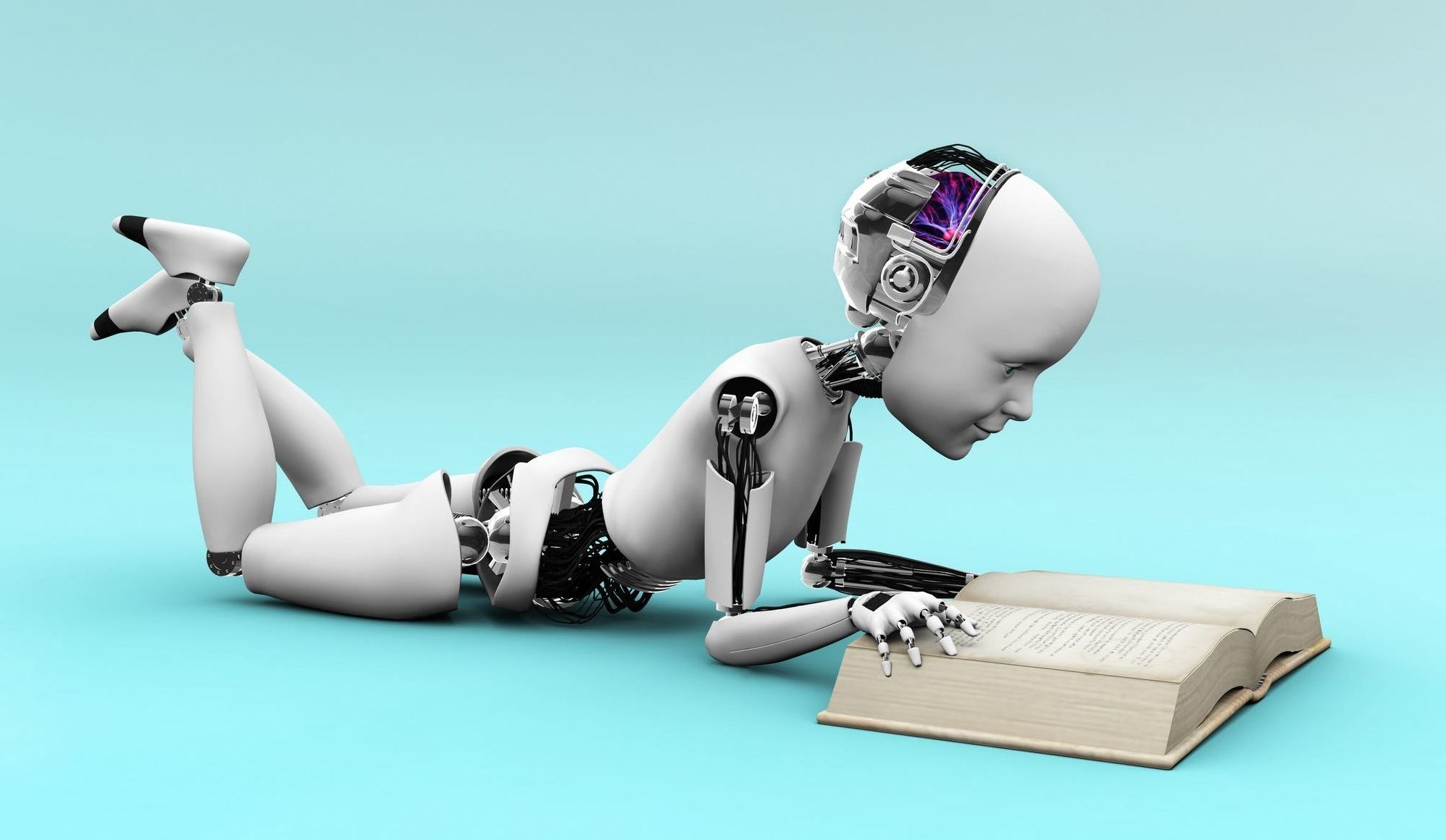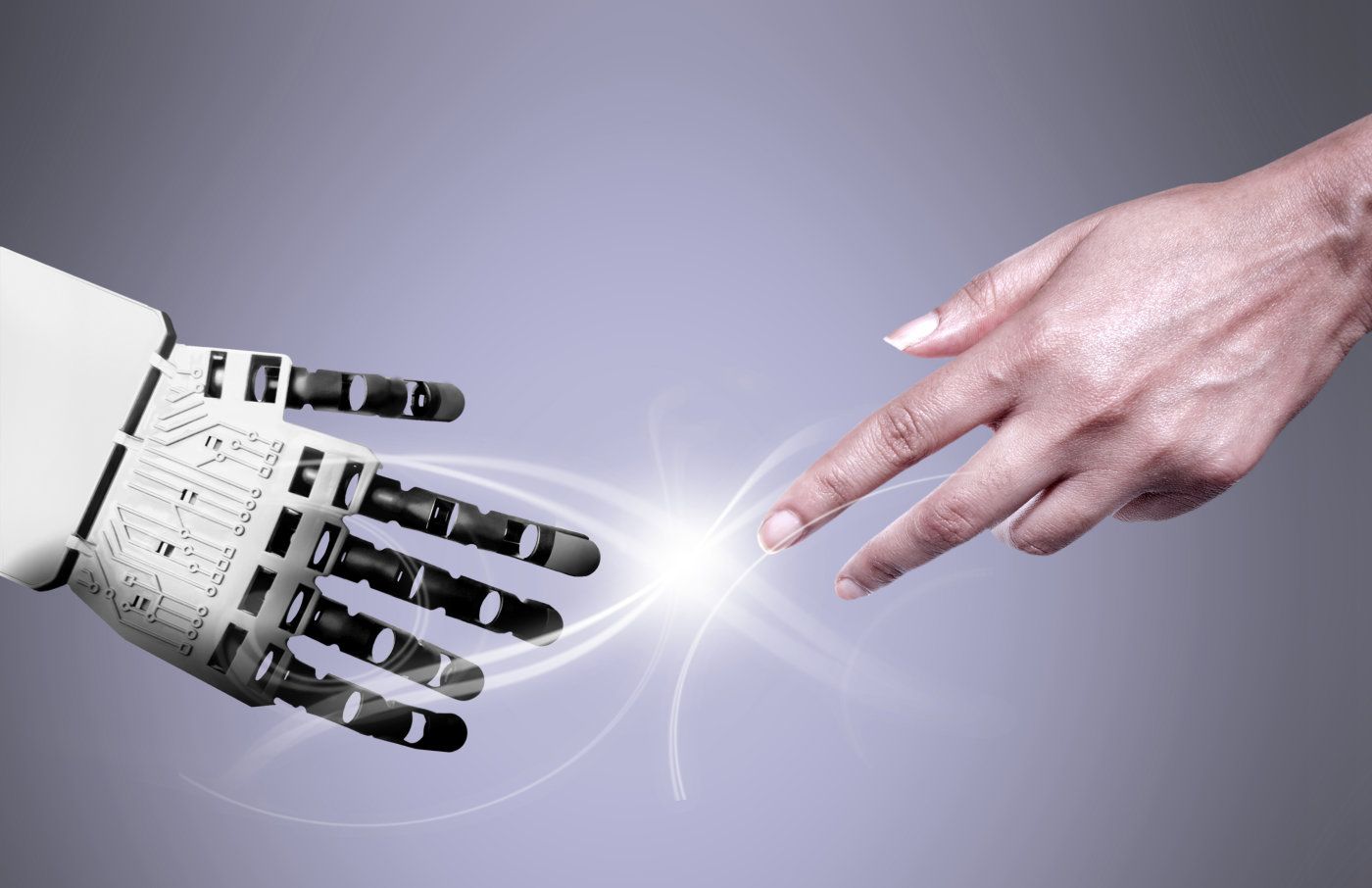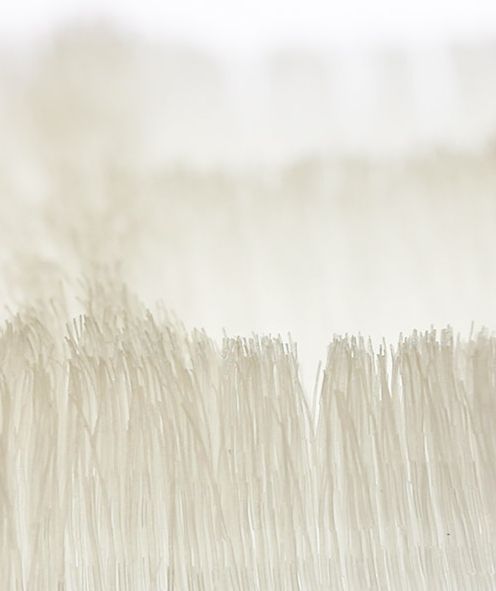Page 11152
May 29, 2016
First Expandable Space Station Module deployed for Two-Year Test Run
Posted by Klaus Baldauf in categories: habitats, space
The International Space Station grew in size on Saturday when the Bigelow Expandable Module (BEAM) was successfully expanded on the second attempt after the initial deployment on Thursday did not work out as planned.
Putting in a long weekend shift, teams at Mission Control and Astronaut Jeff Williams worked for close to eight hours to finally accomplish a safe expansion & pressurization of the module.
BEAM’s expansion marks the conclusion of a two-decade effort between NASA and private industry to test out expandable habitat technology in space.
May 29, 2016
Google and Ray Kurzweil making chatbots that will allow for “interesting conversations”
Posted by Klaus Baldauf in categories: Ray Kurzweil, robotics/AI
Shutterstock.
Can we really have a conversation with a bot? Voice assistants like Siri, Cortana and Google Now make a good attempt at it, but these are still clearly machines. Their level of artificial intelligence is far behind human intellect. But you can bet Google is working on improving AI.
Renown author Ray Kurzweil has revealed him and his team have been working with Google to create chatbots. These are said to be advanced bots with which you can have ‘interesting conversations’.
Scientists in Hawaii discover a huge underwater sea sponge the size of a minivan, and it may be a new species.
May 28, 2016
DARPA wants to find the vital limitations of machine learning
Posted by Karen Hurst in category: robotics/AI
Fun stuff.
What are the fundamental limitations inherent in machine learning systems?
That’s the central question of a potential new DARPA program known as the Fundamental Limits of Learning (Fun LoL) which according to the researchers will address how the quest for the ultimate learning machine can be measured and tracked in a systematic and principled way.
Continue reading “DARPA wants to find the vital limitations of machine learning” »
May 28, 2016
Robot taught to flinch as though it’s reacting to pain
Posted by Karen Hurst in category: robotics/AI
Ok; a little different. Not sure why we need a robot to flinch.
It uses a ‘robot-tissue’ patch modelled on human skin to decide how much pain should be felt and thus what action to take. But now, a group of German researchers is embarking upon a new mission to gift robots with pain sensors — or their mechanical equivalents.
It’s only a matter of time before robots are practically human-like. This is why robots that work in extreme, unsafe environments might need an analog to pain to help them make decisions in chaotic workspaces, thereby acting to protect themselves or the humans and equipment around them.
Continue reading “Robot taught to flinch as though it’s reacting to pain” »
May 28, 2016
Innovations could help address abandoned mine problems
Posted by Karen Hurst in category: innovation
An abandoned wheelhouse shed sits atop an old mine shaft high in the San Juan Mountains north of Silverton on Aug. 14, 2015. The mines that settlers built in the booms of the 19th century are an ever-present part of the landscape in this mineral-rich part of Colorado.
Associated Press file.
May 28, 2016
Win-win cooperation lifts China-Russia energy partnership to new high
Posted by Karen Hurst in categories: nuclear energy, sustainability
Energy partnerships certainly do make strange bed fellows/.
MOSCOW, May 28 — Energy cooperation between China and Russia, featuring mutually beneficial cooperation in oil, natural gas, electricity, coal as well as nuclear and renewable energy, has been ever growing and has reached a new high.
May 28, 2016
The Diamond Industry Is Being Disrupted
Posted by Karen Hurst in categories: 3D printing, business
Over the recent 6 months, we have been able to successfully prove how Synthetic diamonds helps stabilize QC and will be a key part of the semiconductor equation. And, we recognize that some of the worlds top labs are in Russia. However, where are we now with 3D printing in mass producing the same grade quality of those found in Russia? And, how far off are we in having 3D printers from producing the synthetic diamonds that have the reliable quality and performance that we require for QC? Here is an article from 2015; however, not much has been shared since.
JCK Magazine offers readers expanded coverage of the most important jewelry industry issues and style trends impacting their businesses.
May 28, 2016
3D-Printed Hair Is a Thing and It Could Change the Beauty Industry
Posted by Karen Hurst in categories: 3D printing, innovation
Latest on 3D printed Synthetic hair.
Makeup brushes haven’t changed all that much over the last century. Sure, brands have figured out how to create synthetic fibers and played around with handle placement, but otherwise, there hasn’t been a whole lot of innovation, especially compared with the developments we’ve seen in skin care and cosmetics. But that could all change thanks to the creation and testing of 3D-printed hair by researchers at the Massachusetts Institute of Technology’s Tangible Media Group.
3D-printed hair isn’t technically a new innovation; MIT unveiled the first 3D-printed hair about a year ago. What’s new is that since then, the researchers have explored the exciting possibilities of the technology. In a recently released paper, the Tangible Media Group details the creation of its Cillia program, which allows for the 3D printing of both flat and curved surfaces covered in extremely fine, tightly packed, artificial hairs. What’s so cool is just how small they can make the hairs—as tiny as 50 microns across—giving them the ability to create highly dense hairy or furry surfaces that were previously only possible in nature. And because they can get the hair that small, it allows the company to control a whole bunch of things like the length, thickness, and density of each individual hair that’s printed.
Continue reading “3D-Printed Hair Is a Thing and It Could Change the Beauty Industry” »


















